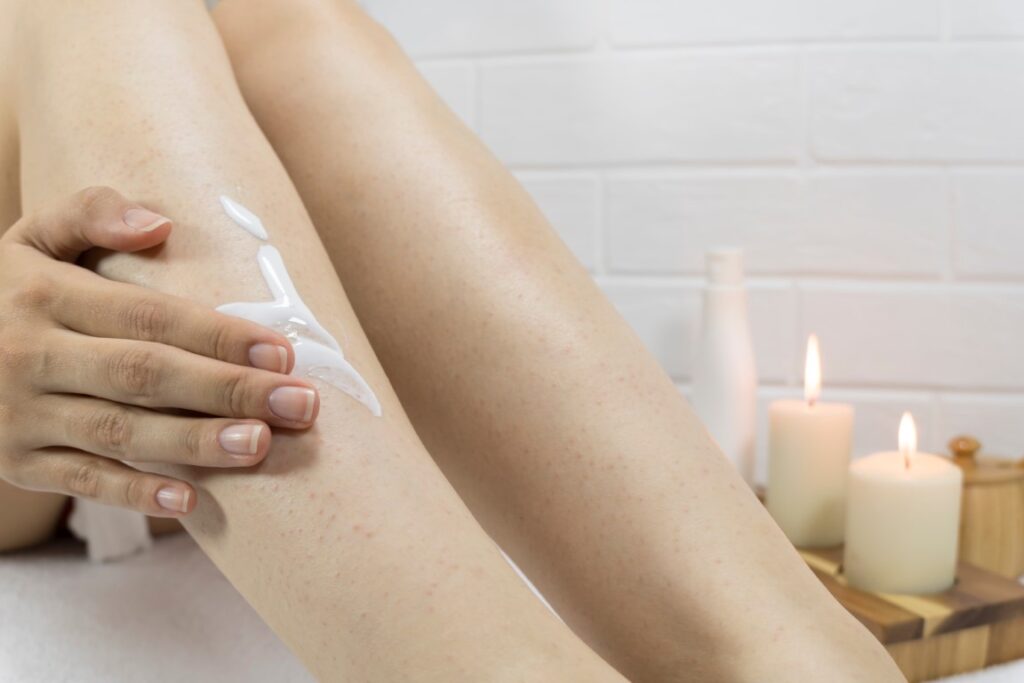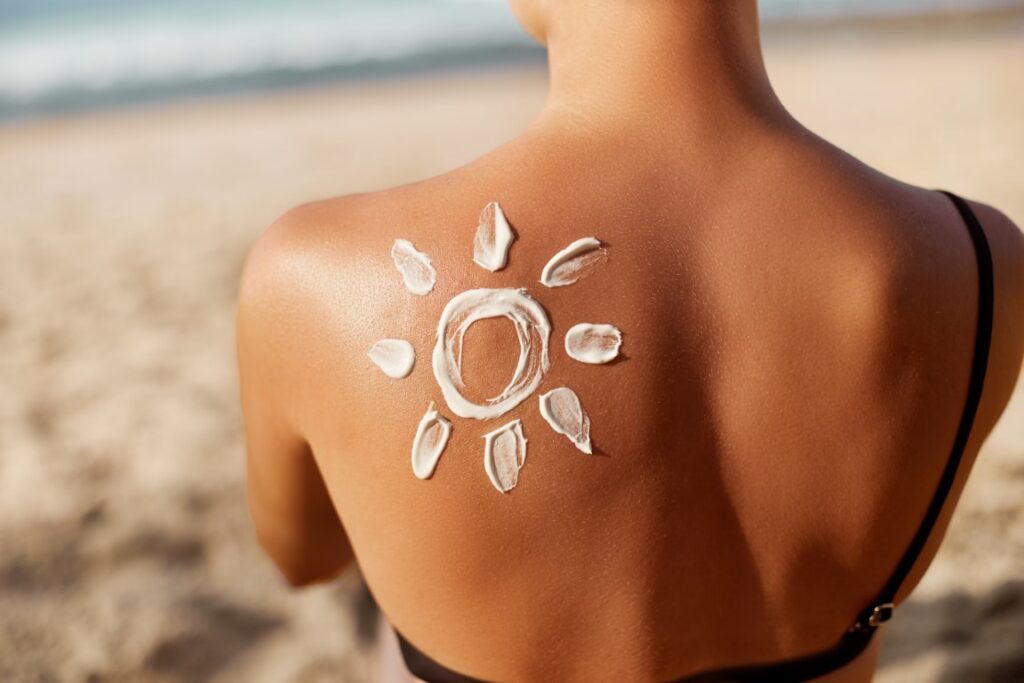A common condition called keratosis pilaris causes little bumps to appear on your skin, often on your arms, legs, or butt. Bump formation in the skin is due to an excess of keratin. This innocuous ailment normally goes away by age 30 and doesn’t require any treatment. A modest skin care regimen can help in treating dry skin. The pimples frequently have pale coloring. They usually appear on your upper arms, thighs, and buttocks, possibly with redness or swelling. They can also show up on your face, but this is less common.

To whom does it affect?
Keratosis pilaris is typically more common in infants, toddlers, children, and teenagers, and the condition frequently worsens around puberty. Your risk of acquiring keratosis pilaris is increased if someone in your family has it. Medical experts and academics believe inherited traits may be to fault as a result. Keratosis pilaris is also more likely to develop if you have:
• Fair or light skin.
• Skin conditions (eczema or ichthyosis Vulgaris)
• Asthma.
• Hypothyroidism.
• Cushing’s syndrome.
• Diabetes.
• Down syndrome.
• Obesity.
Symptoms of Keratosis Pilaris
The main symptom of keratosis pilaris is regions of your skin covered with small, scratchy, discolored bumps that mimic the strawberry’s dotty skin. Even if you are symptom-free, the pimples may be visible to you. If you do have symptoms, they might be:
• Itchy or dry skin, particularly on the buttocks, upper arms, or legs (butt).
• The bumps are irritated, which makes them more prominent and discolored. This is lichenoid dermatitis caused by friction.
• Where the pimples are, the skin is rough, like sandpaper.
• Bumps become worse in winter months when the air is dryer.
Causes Of Keratosis Pilaris
• Keratosis pilaris is caused by the buildup of keratin, the protein that protects skin from diseases and other harmful things. It is unknown what causes the accumulation, which results in a blockage that stops a hair follicle from opening.
• If you possess dry skin, you are more likely to develop keratosis pilaris. It often gets worse in the winter and could get better in the summer as there is less humidity in the air.
• It frequently affects those who have skin conditions, such as eczema.
How Should It Be Treated?
You can try the following things to help with your symptoms:
- Avoid rubbing the bumps.
- Avoid using strong chemicals on the skin because they can dry it up. Treat the skin softly.
- Use moderate soap and warm, not hot, water to wash.
- After gently patting or blotting the skin dry, apply a calming moisturizing lotion containing lanolin, petroleum jelly, or glycerin.
- Avoid rubbing against tight clothing.

Treatments Of Keratosis Pilaris
- Severe redness and irritation can occasionally be treated using laser treatment, which involves shining a laser onto the skin. When creams and lotions are insufficient, they may offer some alleviation, but it is not a cure. For this treatment to be effective, you might require multiple sessions.
- Topical retinoids, which are related to vitamin A, aid in preventing hair follicle clogging. Tretinoin and tazarotene-containing products are among them. Topical retinoids, however, may cause your skin to itch, get red, or peel.
- Dead skin cells are removed from the skin’s surface using topical exfoliants. These consist of lotions with urea, alpha-hydroxy acid, lactic acid, or salicylic acid. Young children shouldn’t use acids because they could cause small burning or redness.
Due to its appearance, the skin ailment keratosis pilaris, sometimes known as “chicken skin,” frequently strikes people when they are young. Although there is no treatment for it, by the time you are 30 years old, it usually goes away on its own. Certain actions can assist you in managing it in the interim. Discover the most effective methods of treatment by consulting a dermatologist.

